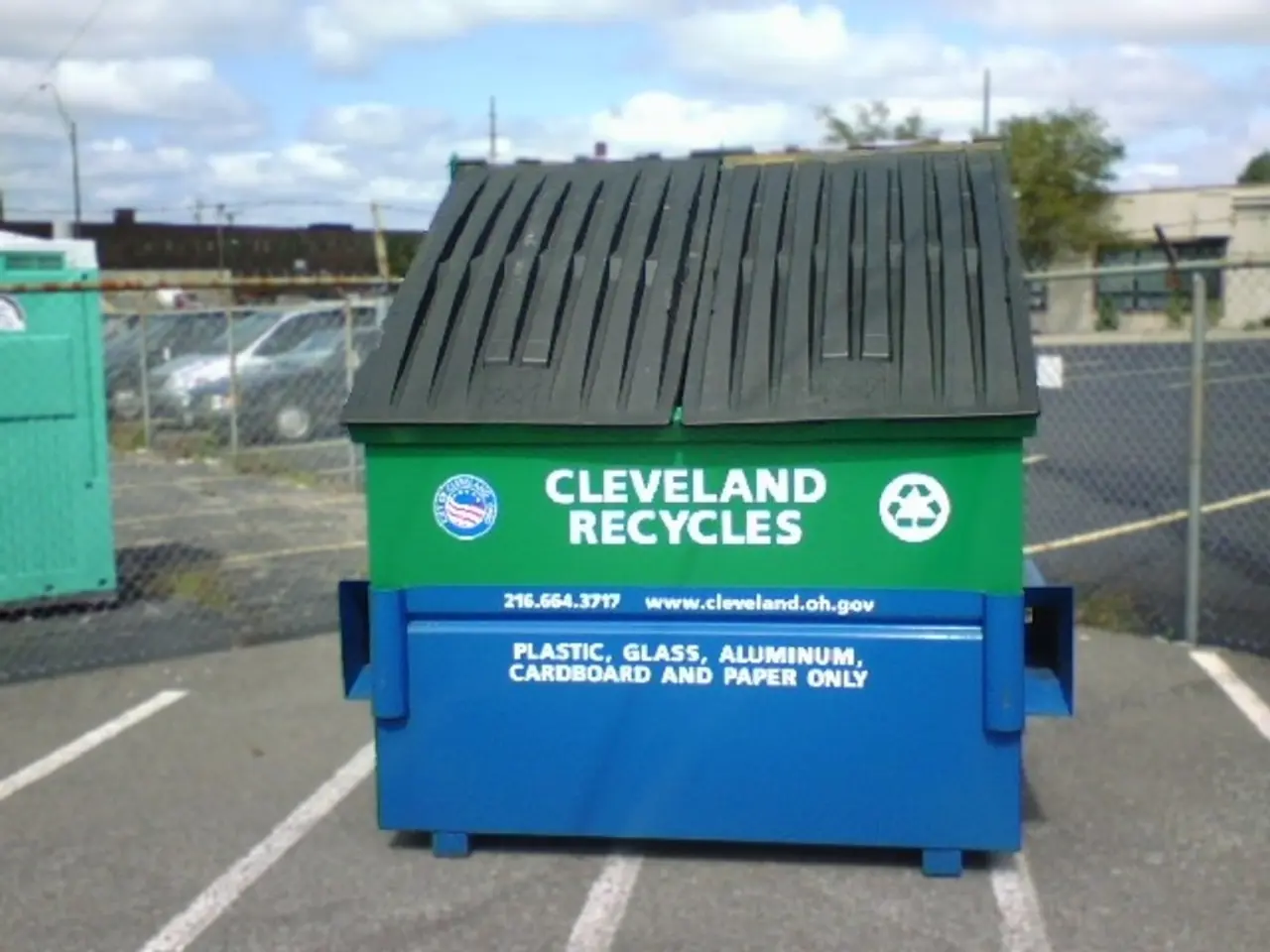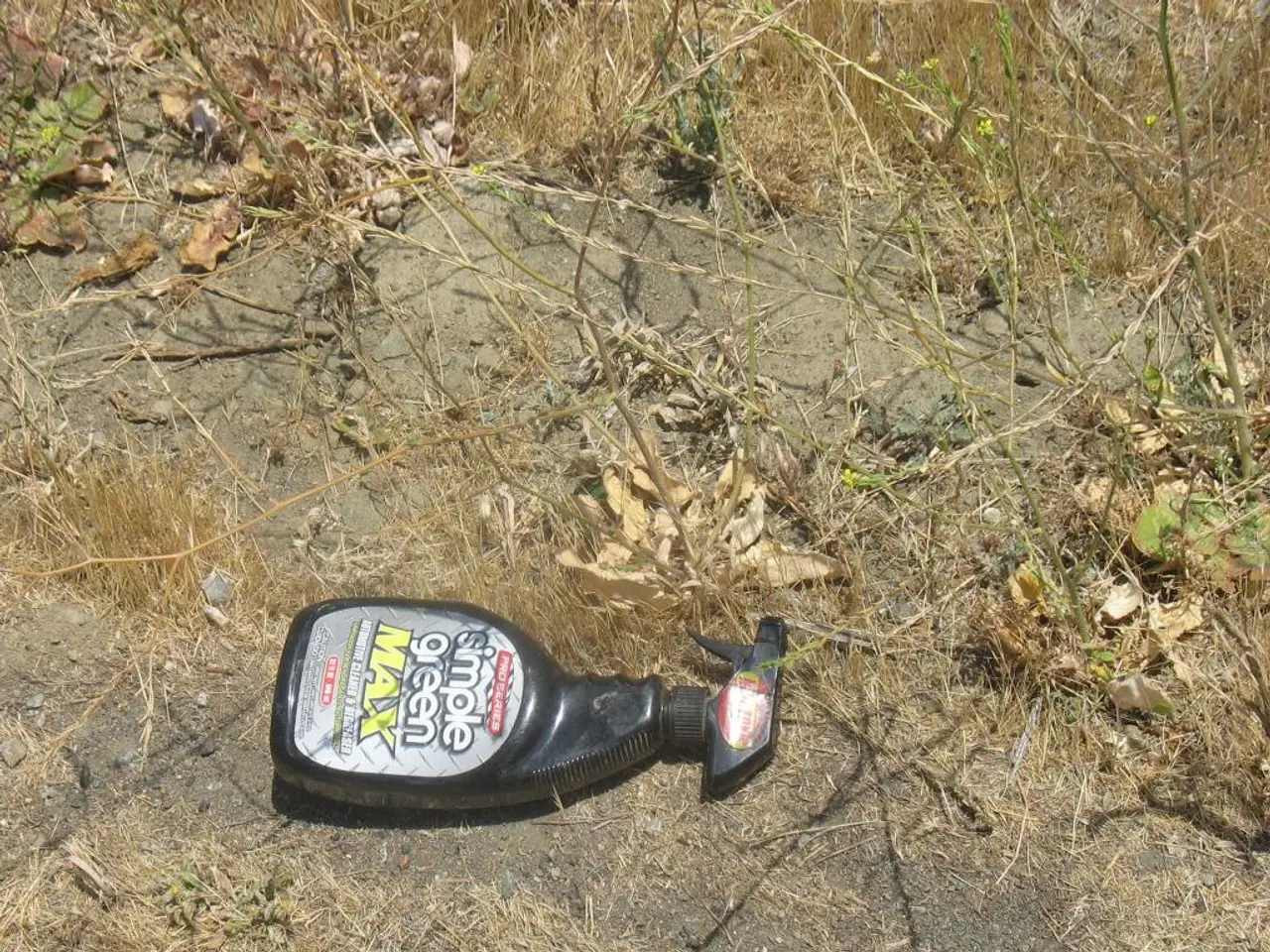Trash-ridden clothes reveal the filth surrounding the northern cities' container areas.
In several cities across Schleswig-Holstein, local authorities are tackling the issue of littering around old clothing containers. This problem, primarily caused by high donation volumes exceeding container capacity and inconsistent disposal habits by residents, is being addressed through a combination of regular maintenance, public engagement, and enforcement measures.
In Kiel, the German Red Cross (DRK) has been entrusted with the responsibility of emptying and clearing litter around the containers they have set up on public spaces, numbering around 100. However, complaints from citizens about littering in the city have been on the rise.
Lübeck, on the other hand, has been collecting old clothes since 2017, with 160 of its own communal containers. Yet, complaints are particularly frequent about the old clothing boxes of a larger private company, leading to overflowing containers and littering.
The city of Neumünster, home to about 150 textile waste containers at 50 locations, has taken a proactive approach. If a location in Neumünster is repeatedly littered, the city will close it down. The DRK has also set up textile waste containers in Neumünster on its own initiative.
Flensburg, too, has been grappling with the issue, with an increase in old textiles being placed next to the containers, leading to increased littering. The city of Norderstedt, in contrast, operates the collection and emptying of textile waste containers itself and has not reported any complaints about textile waste.
City spokesman Arne Gloy reported numerous complaints from citizens in Kiel, while complaints from residents in Neumünster are only received about once a week. In Schleswig-Holstein's major cities, there seems to be a growing concern about the issue, with the need for more effective strategies becoming increasingly apparent.
In an effort to combat the problem, municipalities are increasing the frequency of container emptying, engaging residents in maintaining cleanliness around collection points, and implementing public awareness campaigns to encourage responsible disposal of textiles. Some municipalities are also using photo documentation and imposing fines to deter littering at problematic spots.
Strategic placement of containers is another key aspect of the strategy, ensuring they are located in accessible but manageable areas to prevent encroachment and overflow. If more detailed, city-specific policies from Schleswig-Holstein become available, they would likely build on these principles of regular maintenance, public engagement, and enforcement measures.
In conclusion, Schleswig-Holstein's major cities are working diligently to address the issue of littering around old clothing containers. Through a combination of proactive measures and public engagement, they aim to create cleaner, more sustainable cities for all.
Homeowners in Kiel, who are concerned about preserving their home-and-garden aesthetics, may find the increasing litter around old clothing containers, overseen by the German Red Cross, concerning. In Lübeck, a notable rise in complaints comes from the overflowing containers and accompanying litter of a larger private company, negatively impacting the city's home-and-garden appeal. On the other hand, with the strategic placement and regular maintenance of 160 containers, Lübeck has been reducing the impact of this issue on the city's overall lifestyle and home-and-garden environment.




